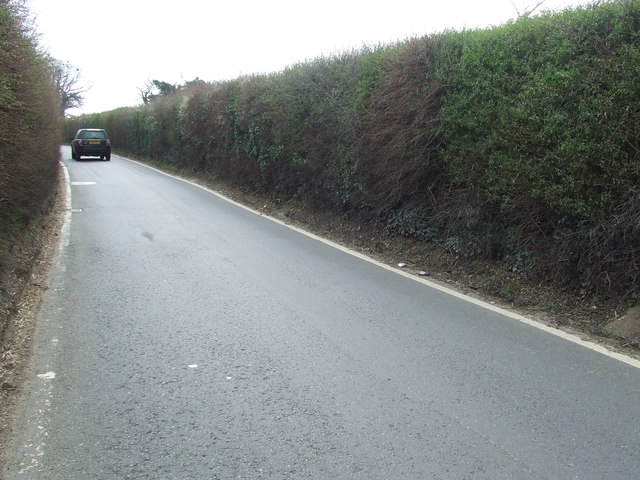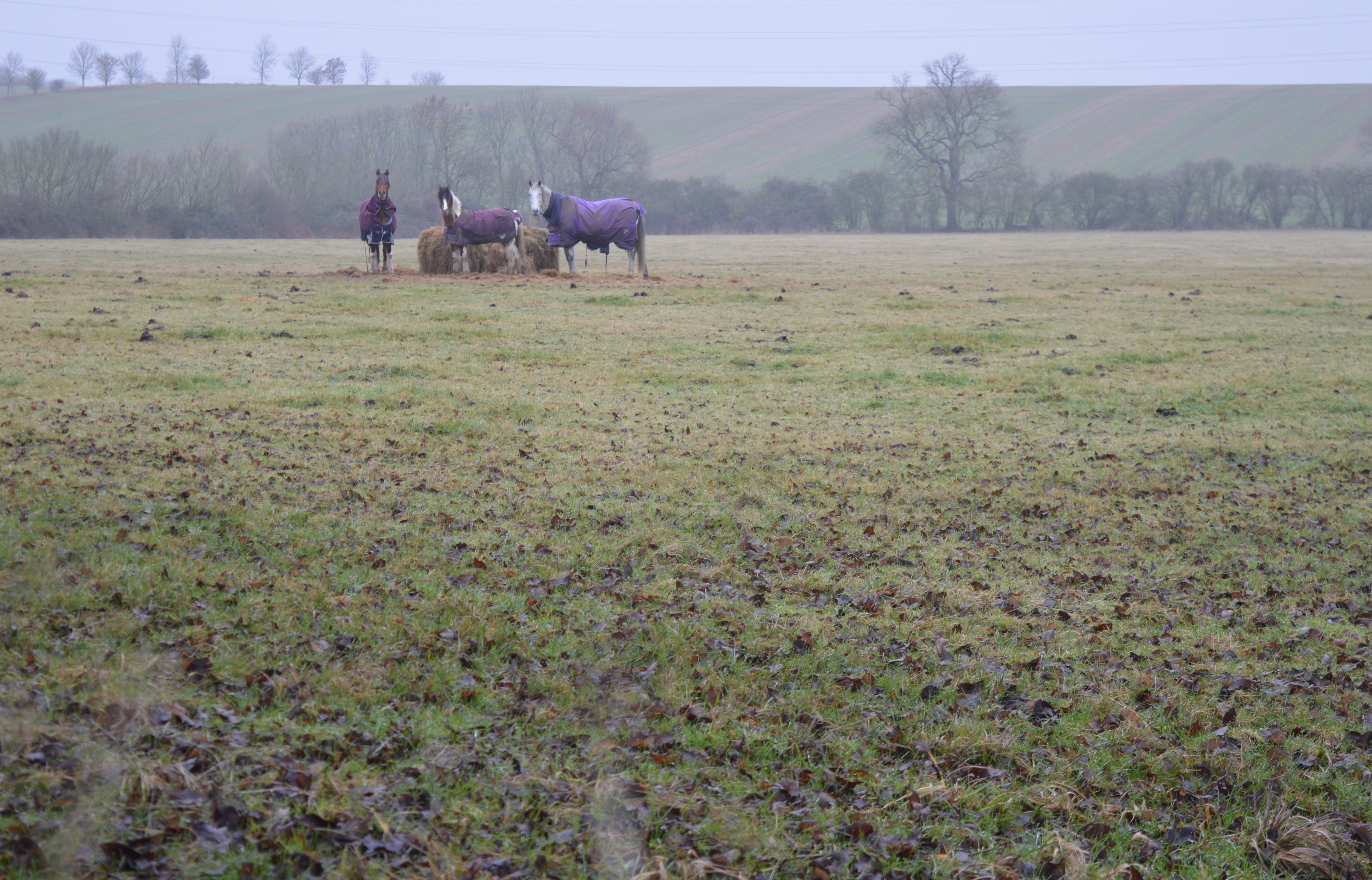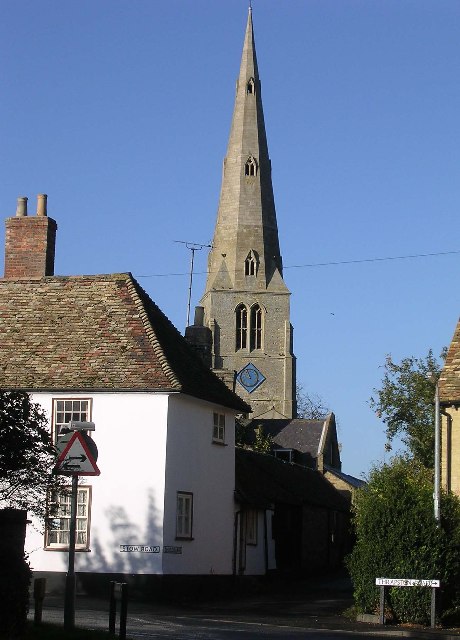Catworth, Little
Settlement in Huntingdonshire Huntingdonshire
England
Catworth, Little

The requested URL returned error: 429 Too Many Requests
If you have any feedback on the listing, please let us know in the comments section below.
Catworth, Little Images
Images are sourced within 2km of 52.34216/-0.382335 or Grid Reference TL1072. Thanks to Geograph Open Source API. All images are credited.








Catworth, Little is located at Grid Ref: TL1072 (Lat: 52.34216, Lng: -0.382335)
Administrative County: Cambridgeshire
District: Huntingdonshire
Police Authority: Cambridgeshire
What 3 Words
///wiggles.relished.aimed. Near Kimbolton, Cambridgeshire
Nearby Locations
Related Wikis
Little Catworth Meadow
Little Catworth Meadow is a 5.2-hectare (13-acre) biological Site of Special Scientific Interest between Catworth and Spaldwick in Cambridgeshire.The meadow...
Stow Longa
Stow Longa is a village and civil parish in Cambridgeshire, England. Stow Longa lies approximately 8 miles (13 km) west of Huntingdon and two miles north...
Catworth
Catworth is a village and civil parish in Cambridgeshire, England. Catworth lies approximately 9 miles (14 km) west of Huntingdon. The civil parish covers...
A142 road
The A142 is a road that runs from Newmarket in Suffolk to Chatteris in Cambridgeshire. == References ==
Nearby Amenities
Located within 500m of 52.34216,-0.382335Have you been to Catworth, Little?
Leave your review of Catworth, Little below (or comments, questions and feedback).











